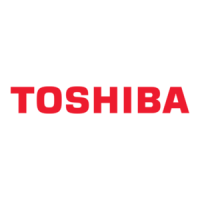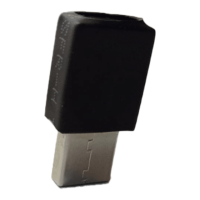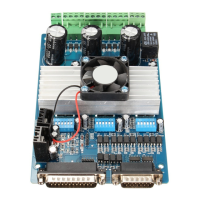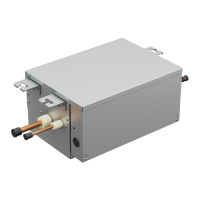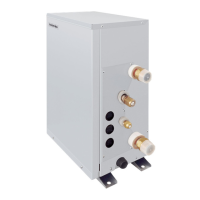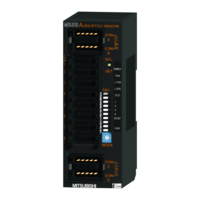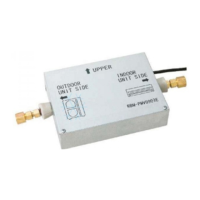6F8C0845
39
3.5 Network Power/Grounding
3
(4) Single Power Unit Central Connection
Shown below is an example of configuration where a network power unit is installed
at the center of a trunk line (thick cable) 240 meters in overall length. The current
consumption of each node is shown in the figure below.
The central location of the network power unit permits supply of the maximum current
in all directions of the network.
Figure 3-12 Example of Single Power Unit Central Connection
(a) Total current consumption of section 1 = 0.1A+0.25A+0.2A=0.55A
(a’) Total current consumption of section 2 = 0.15A+0.25A+0.15A=0.55A
(b) Overall power cable length of section 1 = Overall power cable length of section 2
= 120 m
(c) Maximum current that can be supplied to the cables based on Figure 3-10 =
About 2.56 A (Obtained by linear approximation of 100 to 150 m)
(d) Since the total current consumption is smaller than the maximum current, power
can be supplied to all the nodes by single power unit central connection.
(e) Install a network power unit with a rated current capacity of 0.65 A or more.
(Select one with an adequate capacity, considering the conditions of use.)
If the current consumption of a section exceeds the maximum current in a configuration
of single power unit central connection, take steps as shown in the table below. Figure 3-
14 shows an example of overloaded single power unit central connection.
Section exceeding the maximum current to
cables
Step
Only one of the two section Move a node from the overloaded section to the
other section.
Move the power tap closer to the section
overloaded.
Both sections Use two power taps.
Node 6Node 5Node 4Node 1Node 2Node 3
ネットワーク
電源供給装置
電源
タップ
セクション
1
120 m
V
+−
0.1A 0.25A 0.2A V
−
0.15A 0.25A 0.15A
セクション
2
120 m
Section 1 Section 2
Power
tap
Network power
unit
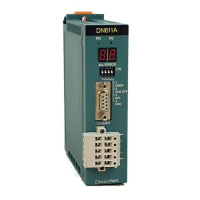
